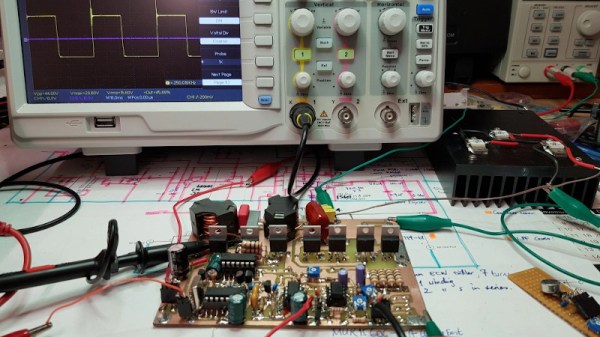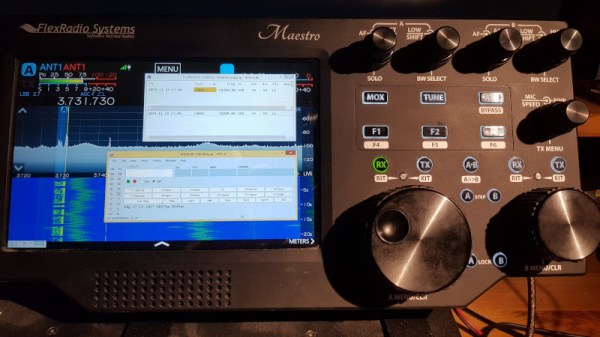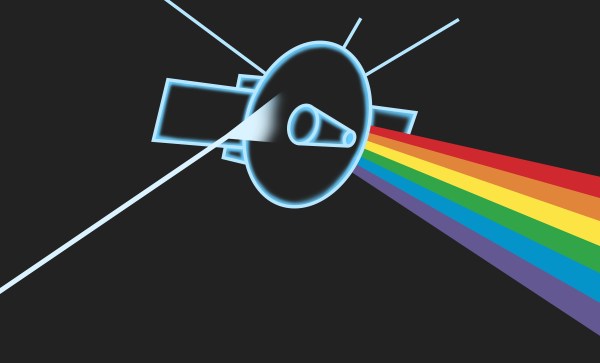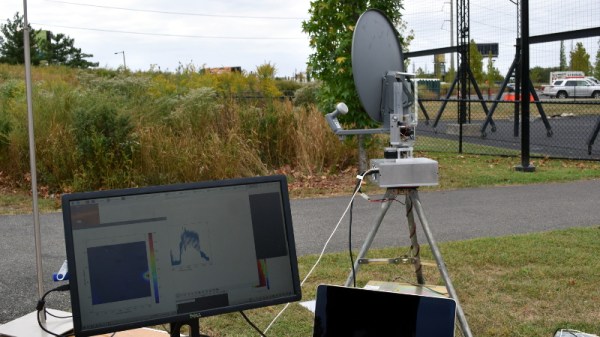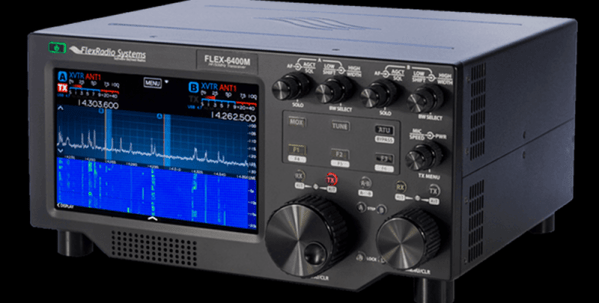In this day and age, with cheap online shopping, software defined radio and bargain-basement Baofengs from China, the upstart radio ham is spoilt for choice. Of course, there’s nothing quite like the charm of keying up your own homebrewed rig, cooked up in the garage from scratch. [Paul], aka [VK3HN], knows just how it feels, and put together an epic 200 watt Class D AM rig to blast his signal on the airwaves.
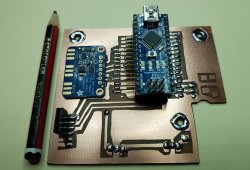
The amount of effort that has gone into the build is huge. There are handwound coils for the PWM low-pass filter, and the PCB is home-etched in ferric chloride, doing things the old-school way. There’s also a healthy pile of dead components that sacrificed their lives in the development of this build. Perhaps our favorite part is the general aesthetic – we can’t get over the combination of hand-drawn copper traces and off-the-shelf Arduinos.

It’s a build that far exceeds the Australian legal limits, so it only gets keyed up to 120W in real use. This has the benefit of keeping the radio operating far in the safety zone for its components, helping keep things cool and stable. We’re sure [Paul] will be getting some great contacts on this rig. If you’re suffering from low power yourself, consider an amplifer build. Video after the break.
Continue reading “Stout Homebrew Radio Pumps Out 200W Of AM Goodness”

